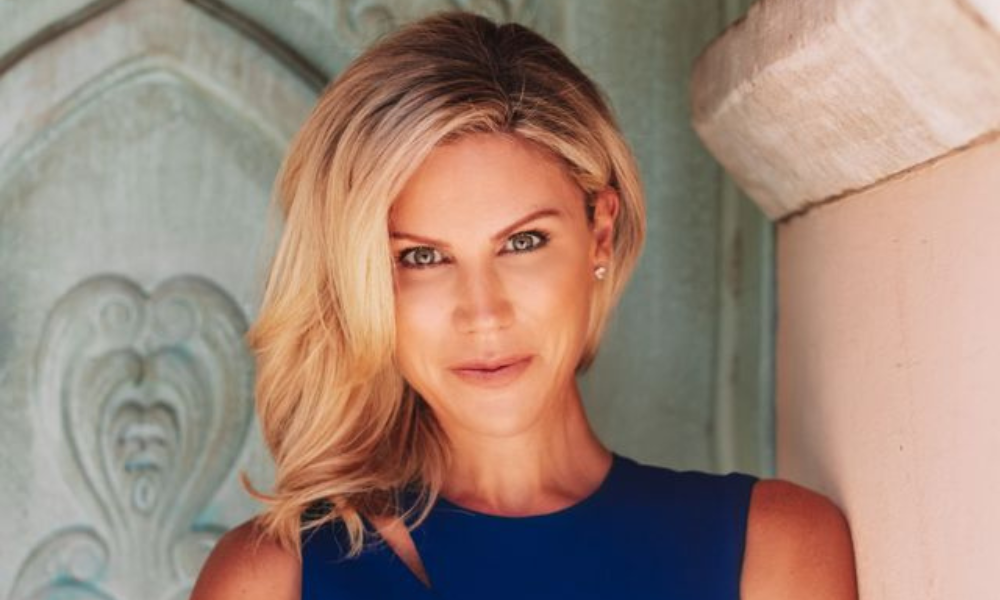In one wealthy enclave, transactions are down a whopping 93%

It’s no secret that the single-family residential home market has softened amid mortgage rate fluctuations. But if you think your area is bad, you should take a look at South Florida, one real estate professional told Mortgage Professional America.
What’s attributable to the decline in home sales? “Just the general economic environment on a macro level,” according to Erin Sykes, chief economist and real estate wealth advisor at Nest Seekers.
“People are feeling more comfortable holding on to cash,” Sykes told MPA during a recent phone interview. “So what we’re seeing in Florida is all this interest – people want to move down, it’s all they talk about. And then they’ll come and they’re shopping but very few offers are being written.”
Nationwide, many would-be homebuyers have been waiting on the sidelines for mortgage rates to come down before committing to purchasing. At one point last year, rates were at historically low levels of 2% and 3% only to rise to the current level of around 7% -- prompting many to wait for a reduction.
Are US home sales declining?
“People are a little scared to make this commitment,” Sykes said. “The interest is there; they just feel in order to really write a contract and go into a contract they need to feel like they’re getting a deal. There’s a lot of fear of potentially overpaying and, of course, the affordability is further down than it was at this time last year, even though if you look historically, we’re at about average 30-year mortgage rates.”
In its most recent report, the National Association of Home Builders found that home sales across the board remained flat but signaled that improvement could be seen later this year. The group blames higher mortgage rates and home prices – as well as increased construction costs – as factors leading to the sales slowdown.
Sales of newly built, single-family homes in February increased 1.1% to a 640,000 seasonally adjusted annual rate from a downwardly revised reading in January, according to newly released data by the U.S. Department of Housing and Urban Development and the U.S. Census Bureau, the NAHB reported. However, the group noted that new home sales are down 19% compared to a year ago.
“Builders continue to face challenges in terms of higher interest rates, elevated construction costs and access to critical materials like electrical transformers,” Alicia Huey, chairman of the National Association of Home Builders (NAHB) and a custom home builder and developer from Birmingham, Ala., said in a prepared statement. “Nonetheless, the lack of existing home inventory means demand for new homes will rise as interest rates decline over the coming quarters.”
Added NAHB’s chief economist Robert Dietz: “The February new home sales data points to an increase for the monthly pace of single-family construction starts later in 2023 given a rise in builder sentiment and an increase for sales of homes not yet started construction,” he said. “However, concerns remain about the tightening of credit conditions for acquisition, development and construction loans for smaller builders due to recent stress for the banking system.”
A new home sale occurs when a sales contract is signed or a deposit is accepted, the NAHB explained. The home can be in any stage of construction: not yet started, under construction or completed. In addition to adjusting for seasonal effects, the February reading of 640,000 units is the number of homes that would sell if this pace continued for the next 12 months, the group added.
What is the current US home inventory?
The NAHB also reported that new single-family home inventory fell for the fifth straight month. The February reading indicated an 8.2 months’ supply at the current building pace. A measure near a 6 months’ supply is considered balanced. However, single-family resale home inventory stands at a reduced level of 2.5 months.
The median new home sale price rose in February to $438,200, up 2.5% compared to a year ago. Elevated costs of construction have contributed to a rise in home prices. A year ago, roughly 15% of new home sales were priced below $300,000, while that share is now just 10% of homes sold.
Regionally, on a year-to-date basis, new home sales fell in all regions, down 29.2% in the Northeast, 21.3% in the Midwest, 7.3% in the South and 40.6% in the West, according to the NAHB.
You think the rich aren’t feeling the pinch? Think again. Sykes noted they’re just as anxious as the rest of us, at least in terms of buying in Florida – specifically in Palm Beach Island, where transactions for single-family homes are down by a stunning 93% from February of last year.
Bear in mind, this is a high-end enclave in Florida where the average price point for a single-family home is $8 million, Sykes noted. “They tend to be cash buyers too,” she added. “Transactional volume is far down,” she said. “It’s testament that even in those higher-end portions of the market where it is cash buyers, they’re taking their time thinking about things too.”
She yearns for a return to some semblance of normalcy: “I think we need to find the happy medium,” she said. “Because it went from an extreme sellers’ market to basically a flat market pretty much over the course of three or four months. It would be nice to get back to a balanced market, frankly.”



